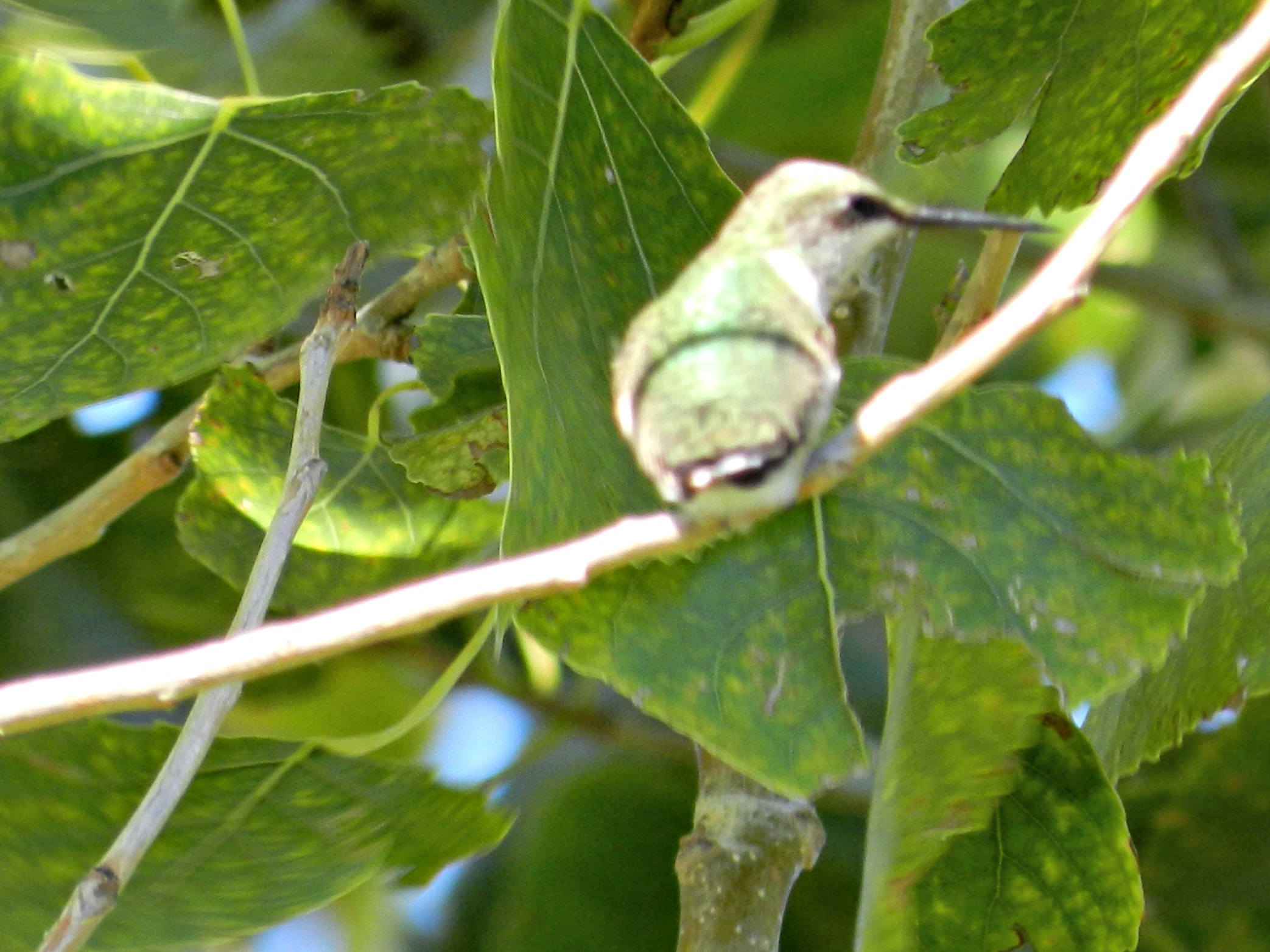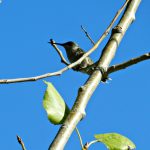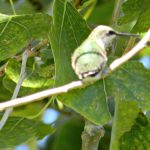Western Kansans are well into the time of year they can help some international travelers maintain their body weight and stamina. Yes, it’s the fall half of the hummingbird migration. This bi-annual passage permits birders to view the smallest bird species in search of nectar-rich flowers and sugar-syrup filled feeders. Those of us in the western half of the state have shot at seeing these iridescent hover machines for several weeks during their travels from and to Mexico, Central, and South America each spring and fall.

Species we’re likely to see in our region are the Rufous, Broad-tailed, Calliope, Anna’s, and Black-chinned. Several of these birds have a red-tinged throat that causes novice hummer watchers to jump to the conclusion they have a Ruby Throat at their feeder. Typically, this species is a visitor to eastern Kansas rather than our more arid region. Anyone who wants to identify these visitors must study birding books and internet sites before they can classify their target with confidence.
This migration is interesting because it reveals these birds have adapted to cross cultural living. These little guys journey from South and Central America or Mexico to the United States or Canada each spring and fall. Many fly over the Gulf of Mexico in a single 20-hour flight. To prepare for each trip, they eat enough to double their body weight (e.g. from 3 grams to 6). Another survival trick of these multinationals who summer in cooler northern regions is the ability to go into a state of torpor. This slows their metabolism and helps them survive early cold fronts. An additional adaptation theorists note is that males migrate earlier than females and juveniles. Scientists suggest this allows them to establish territorial rights prior to breeding season.
That leads to another interesting observation. Unlike geese, ducks, and chickens who flock together, hummers are independent souls. They aren’t friendly with other hummingbirds, and they don’t migrate in groups. Once mating occurs, the female handles the brooding and feeding on her own so she doesn’t have to share her nectar patch with another adult. This explains feuds I’ve seen at our feeder where one feisty bird drives interlopers away.
While most of these itinerant visitors stay only a little awhile, those of us who enjoy watching them can encourage their visits. Who knows, maybe we might persuade a mom to nest nearby. One obvious way to inspire hummers to hang around is to offer one or two feeders filled with a 1 to 4 solution of sugar to water changed every three or four days. Another is to garden for hummers. Adding trumpet vine, honey suckle, salvia, sage, bee balm, and other nectar -rich plants to the landscape invites these miniscule hoverers to linger longer. If you want them to nest, encourage spiders to weave webs that hummingbird moms will use to construct Thumbelina-sized nurseries. Birding sites suggest providing feeders from mid-April to Halloween to guarantee food supplies for the earliest and latest migrants.
While you sit on the porch enjoying your brilliantly colored visitors, consider how lucky you are to share this moment. Mother Nature has synchronized so many events to make sure her tiniest bird species survive each year. We’re lucky to be in their path.
Native Kansan Karen Madorin is a local writer and retired teacher who loves sharing stories about places, people, critters, plants, food, and history of the High Plains.



